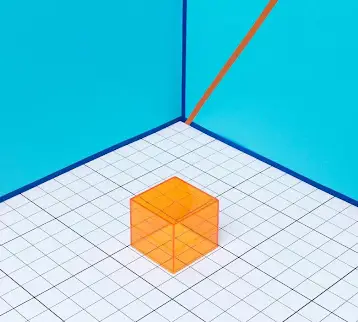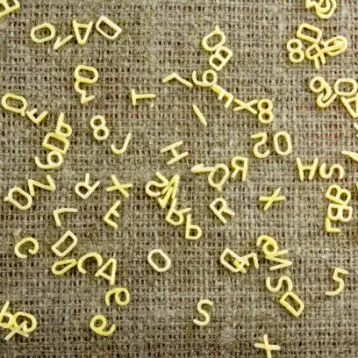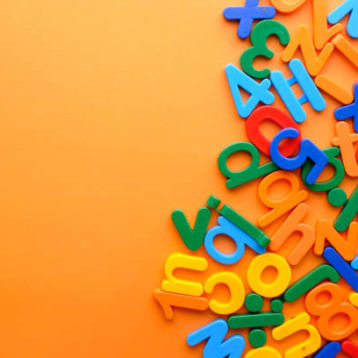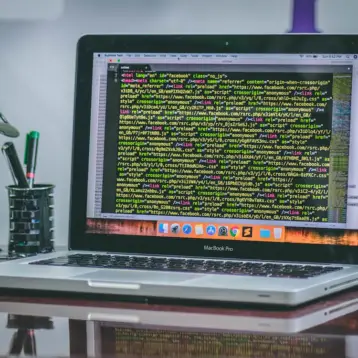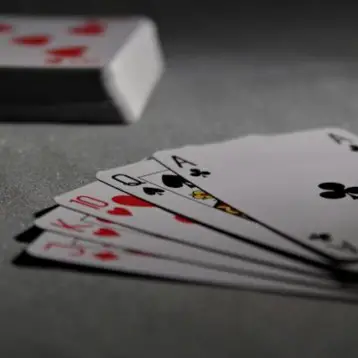Thanks to the customizable layout, the Optimus Tactus supports numerous characters sets including Cyrillic, Ancient Greek, Georgian, Arabic, and Quenya. Other optional sets that can be configured are notes, numerals, special symbols, HTML codes, and math functions. However, the main feature that puts this keyboard apart from others is its ability to transform itself, switching between typing mode and video mode, in which one can view a video on the keyboard itself.
In order to extend the service life of the displays and avoid using cables that may be vulnerable to wear, the screens embedded in the key tops are fixed – it’s only the transparent caps that are pressed. Every button on the keyboard (or, more precisely, a module consisting of a moving cap, a microchip, and a display) can be easily removed to clean or replace. Furthermore, the keyboard’s package includes configuration software which enables users to program each button to reproduce a sequence of symbols and edit images separately for each layout.
The Optimus Tactus will be connected with a USB 2.0, is compatible with Microsoft Windows and Apple’s Mac OS X; its dimensions are 537 x 173 x 38 mm (length / width / height), which makes it quite a regular-sized keyboard. Its keys’ displays consist of OLED technology, and each key has the size of 20.2×20.2 mm and a viewing of angle of 160 degrees.
OLEDs are solid-state devices made out of thin films of organic molecules that create light with the application of electricity. An OLED display is composed of an emissive and a conductive layer of polymer trapped between an anode and a cathode terminal, which are all placed on a substrate and protected by a hermetic cover made of glass or sealed plastic.
Artemy Lebedev recently told TFOT that Optimus Tactus is still in the early concept stages and no further details are available on it beyond what has already been published. His company is still focusing on its current line of OLED based keyboards in order to improve their function and reduce their price.
TFOT has covered an earlier model of the Tactus keyboard originally called Optimus (currently sold under the name ‘Optimus Maximus’). Other TFOT related stories include designer Kyle Cherry’s new concept laptop, named Canvas, which is similar in size to an A3 folio page, and designer Sung-kyu Nam’s DesCom, which combines the desktop table with the personal computer. TFOT also covered designer Jonathan Lucas’s SIAFU, a concept PC specially designed for blind people, and Noahpad UMPC, a miniature laptop computer with a unique interface designed to allow users to “unchain themselves” from their desks.
More information on the Optimus Tactus, see Art Lebedev Studios’ website.


